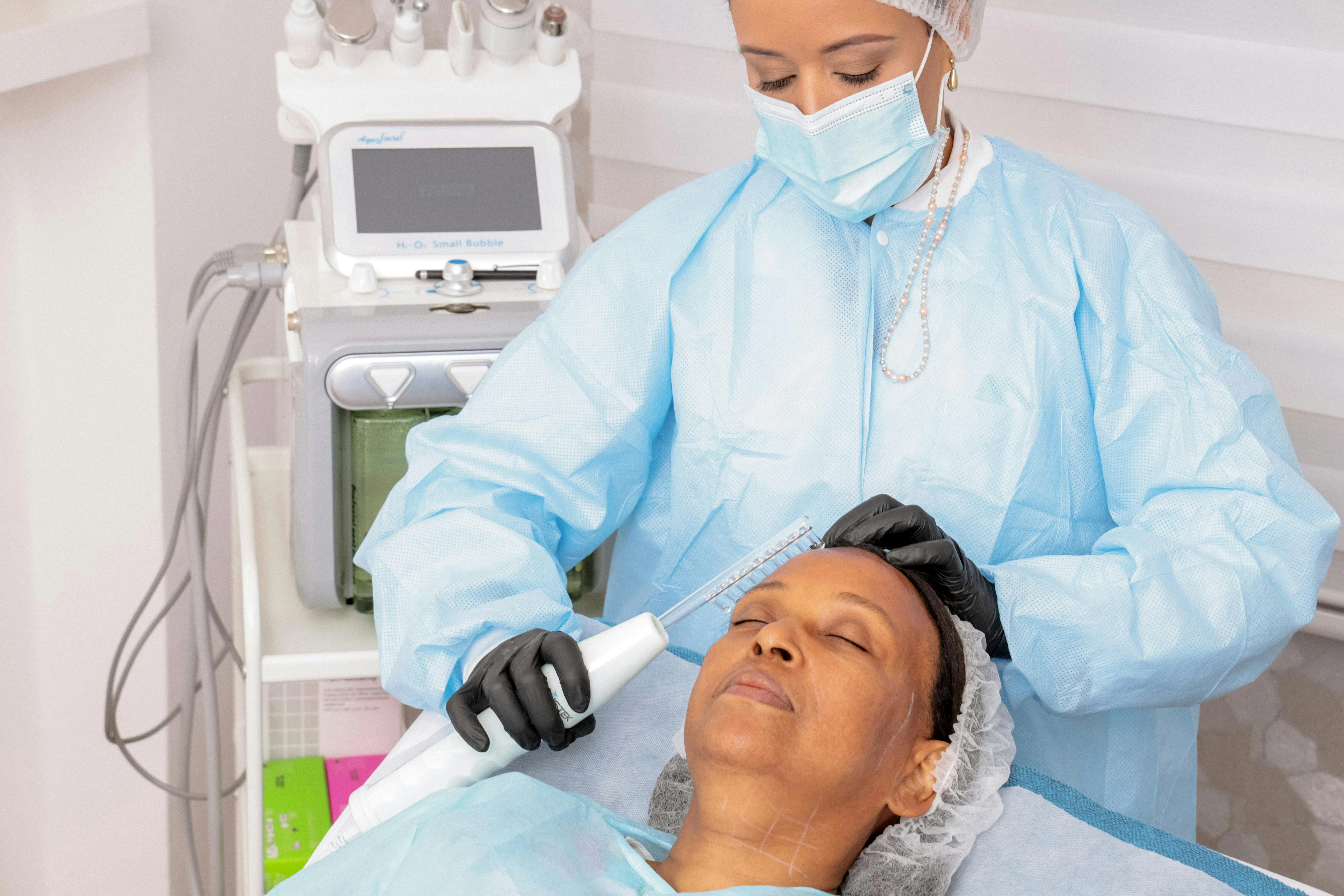
How Laser Treatments Can Restore Your Skin's Youthful Glow
Youthful, glowing skin is often associated with health, vitality, and confidence. As we age, however, our skin undergoes changes that can make it appear dull, uneven, and less radiant. While these changes are natural, they can affect how we feel about ourselves. For many, the quest to maintain or restore youthful skin leads to exploring advanced cosmetic treatments.
Laser treatments for face have emerged as one of the most effective methods for rejuvenating the skin. These procedures address many concerns, from fine lines and wrinkles to age spots and acne scars. With technological advancements, laser treatments are now safer, more precise, and capable of delivering impressive results. This article explains how laser treatments work and how they can help you achieve the radiant, youthful skin you desire.
The skin's natural repair and regeneration processes slow down as we age. The production of collagen and elastin, two key proteins that keep the skin firm and elastic, decreases. Additionally, the rate of cell turnover-the process by which old, damaged cells are replaced with fresh ones-declines. These changes result in a loss of firmness, fine lines, wrinkles, and a dull complexion.
Common Signs of AgingThe visible signs of skin aging include:
Wrinkles
These include static wrinkles (present at rest) and dynamic wrinkles (formed during facial expressions), primarily caused by reduced collagen and elastin production, as well as repetitive facial movements.
Pigmentation changes
Age spots, sunspots, melasma, and a generally uneven skin tone can develop due to cumulative sun exposure and changes in melanin production.
Sagging skin
Loss of collagen and elastin leads to decreased skin elasticity and structural support, resulting in sagging, particularly noticeable in jowls, neck, and eyelids.
Rough texture
A slower cell turnover rate causes dead skin cells to accumulate on the surface, contributing to a rougher texture. Dehydration can also exacerbate this issue.
Volume loss
As we age, facial fat pads diminish, leading to a loss of volume, particularly noticeable in the cheeks, temples, under the eyes, and lips. This can make the face appear hollow or gaunt.
Lifestyle Factors That Contribute to Skin AgingExternal factors can accelerate the aging process. Prolonged sun exposure breaks down collagen and elastin, while smoking reduces oxygen and nutrient delivery to the skin. A poor diet, dehydration, and lack of sleep can further weaken the skin's defenses, making it more susceptible to damage.
How Laser Treatments WorkLasers use concentrated beams of light energy to target specific areas of the skin. Depending on the wavelength and intensity, lasers can stimulate collagen production, resurface the outer layer of skin, or target pigmentation and blood vessels.
Types of lasers for skin rejuvenation:
Laser treatments can address your unique skin concerns, from wrinkles to acne scars. Discover how laser therapy can rejuvenate your skin. Learn more today!
Ablative Lasers (CO2, Erbium)
- How They Work: Ablative lasers vaporize the outermost layer of skin, promoting new skin cell growth.
- Benefits: Dramatically improve deep wrinkles, scars, and uneven texture.
- Downtime: Requires 1-2 weeks of recovery, during which the skin heals and regenerates.
- Risks: Redness, swelling, and potential scarring if aftercare instructions are not followed.
Non-Ablative Lasers (Nd: YAG, Pulsed Dye)
- How They Work: Heat the deeper layers of skin to stimulate collagen without harming the surface.
- Benefits: Ideal for mild wrinkles, redness, and uneven tone with minimal downtime.
- Downtime: Mild redness or swelling that resolves quickly.
- Risks: Temporary skin sensitivity or irritation.
Fractional Lasers
- How They Work: Create microscopic treatment zones in the skin, targeting damaged areas while leaving healthy tissue untouched.
- Benefits: Effective for wrinkles, scars, and pigmentation issues, requiring less recovery time than fully ablative lasers.
- Downtime: Varies depending on the intensity of the treatment, usually a few days to a week.
- Risks: Mild redness, swelling, and peeling during the healing process.
Selecting the best laser treatment depends on several factors:
A consultation with a qualified dermatologist or licensed aesthetician is essential to determine the best approach for your needs.
What to Expect During and After Treatment The Procedure
Laser treatments are typically performed in a clinic and take 30-90 minutes. A numbing cream is applied to ensure comfort during the procedure.
Side Effects
Common side effects include redness, swelling, and sensitivity. Ablative treatments may cause scabbing or peeling as the skin heals.
Aftercare
Proper post-treatment care is critical:
- Avoid direct sun exposure and use sunscreen daily.
- Keep the skin moisturized and avoid harsh skincare products.
- Follow all instructions provided by your practitioner.
Recovery Time
Non-ablative treatments typically require little to no downtime, while ablative treatments may require 1-2 weeks of healing.
Laser treatments offer a highly effective way to restore your skin's youthful glow. Addressing wrinkles, pigmentation, redness, and other concerns can rejuvenate your complexion and boost your confidence. Technological advancements make these treatments safer and more accessible than ever.
Take the first step toward radiant skin by scheduling a consultation with a dermatologist or licensed aesthetician. They can help you create a personalized treatment plan tailored to your needs. For trusted clinics and professionals, consult reputable resources and organizations. Your journey to glowing, youthful skin starts today!
Also published on Medium .
Notice an issue?
Arabian Post strives to deliver the most accurate and reliable information to its readers. If you believe you have identified an error or inconsistency in this article, please don't hesitate to contact our editorial team at editor[at]thearabianpost[dot]com . We are committed to promptly addressing any concerns and ensuring the highest level of journalistic integrity.
ADVERTISEMENT
Legal Disclaimer:
MENAFN provides the
information “as is” without warranty of any kind. We do not accept
any responsibility or liability for the accuracy, content, images,
videos, licenses, completeness, legality, or reliability of the information
contained in this article. If you have any complaints or copyright
issues related to this article, kindly contact the provider above.























Comments
No comment